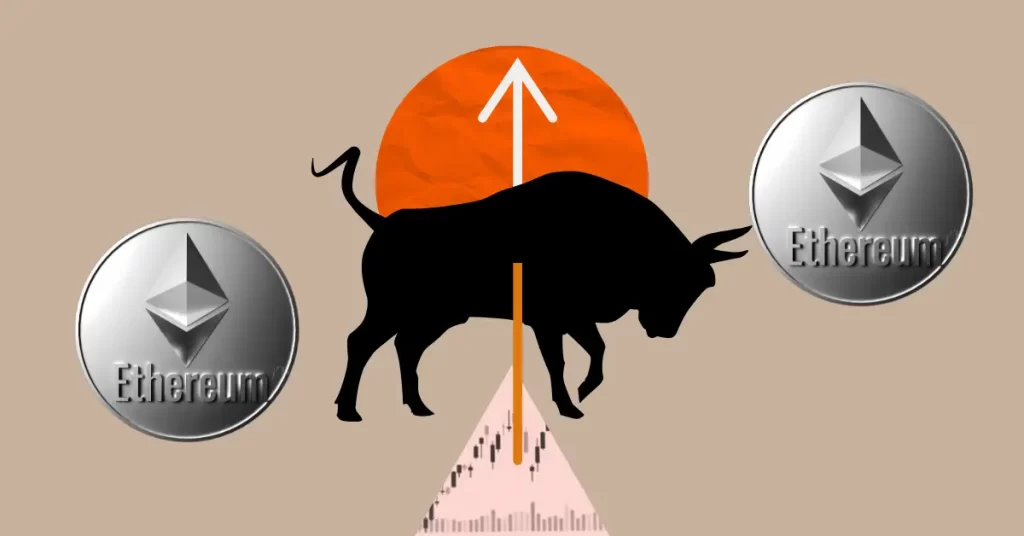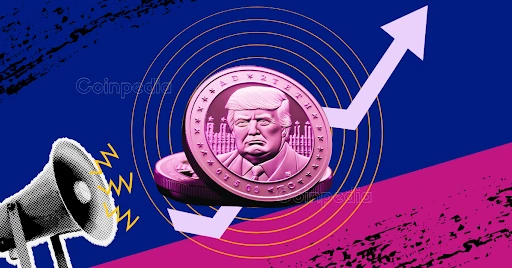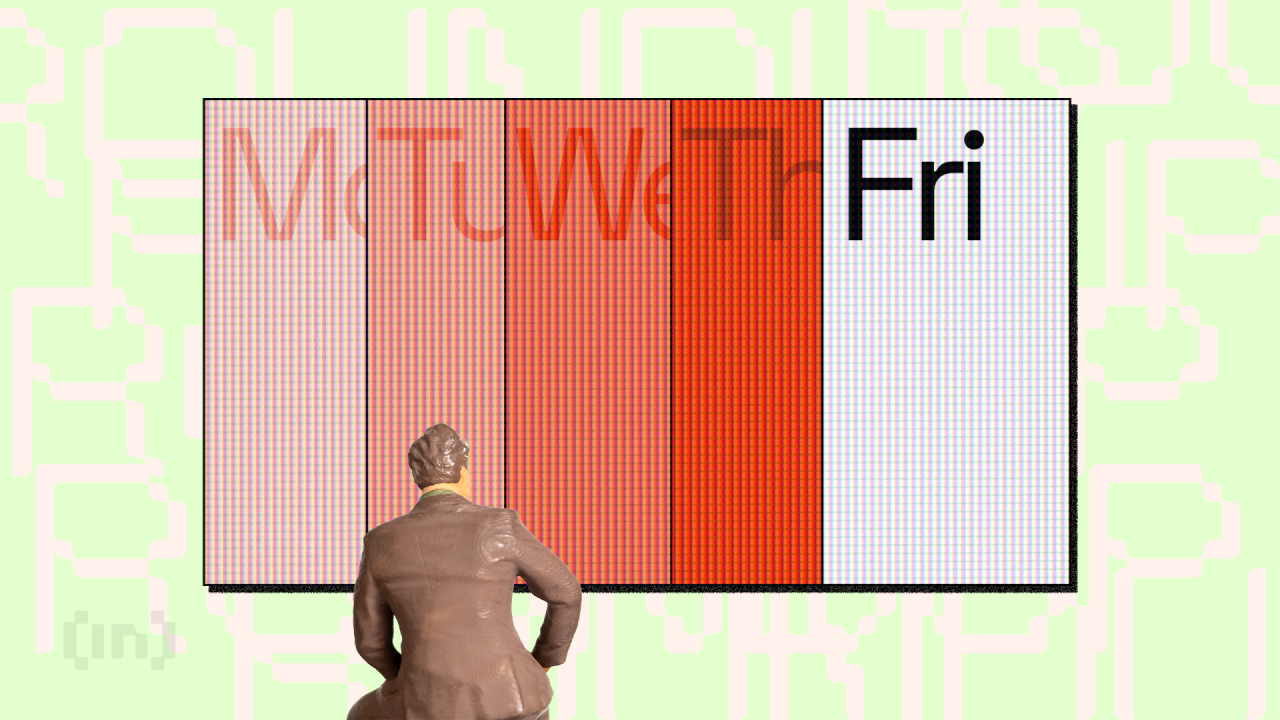
The post 5 Blockchain Innovations Transforming the World in 2025 appeared first on Coinpedia Fintech News
The ideal world is one where technology doesn’t just solve problems but creates once unimaginable opportunities. As we approach the start of 2025, blockchain technology is reaching new heights, proving it’s not just about cryptocurrency anymore. Over the past year, we’ve seen it being used in some amazing ways to make life better, from helping people access education and cutting down on pollution to improving internet connections and supporting good causes.
With big reports predicting blockchain’s role in reshaping industries like finance, energy, and digital infrastructure, the focus is shifting to real-world applications that impact everyday lives. In this article, we spotlight five forward-thinking projects—Aave, Philcoin, Alephium, FedRok AG, and Helium. These projects aren’t just using blockchain to innovate, they’re changing how we think about solving problems and building a more connected, sustainable world.
Aave: Changing How We Think About Finance

For anyone exploring decentralized finance (DeFi), Aave is a name that stands out. This platform allows users to lend and borrow cryptocurrencies without relying on banks or other intermediaries.
Innovation:
Using smart contracts, Aave eliminates the need for third parties in financial transactions. Its overcollateralization model ensures that loans are secured, providing an additional layer of trust and security. The platform operates across multiple blockchains, including Ethereum, Polygon, and Avalanche, offering a seamless, cross-chain experience.
Societal Impact:
Aave’s decentralized model democratizes access to financial services. By removing traditional barriers like credit checks and geographical limitations, it empowers individuals worldwide to participate in financial activities, fostering economic inclusion.
Philcoin: Building a Global Digital Economy of Giving

The idea of combining giving and earning has long seemed idealistic, but Philcoin has turned this vision into reality. As a blockchain-based ecosystem rooted in philanthropy, Philcoin creates a global digital economy that blends technological innovation with social impact.
Innovation:
Philcoin leverages blockchain to power its PHILApp, a dApp that integrates education, communication, entertainment, and e-commerce. Originally built on the Binance Smart Chain, Philcoin has migrated to the Polygon network to improve sustainability and scalability while reducing transaction costs. Its give-to-earn model encourages users to engage with the app and donate 50% of their earnings to philanthropic causes before claiming rewards. By making philanthropy a fundamental part of its operation, Philcoin addresses financial inclusion and bridges the digital divide, setting an example of how blockchain can be used to build equitable economies.
Societal Impact:
By addressing digital access in underserved communities, Philcoin bridges the digital divide. Its ecosystem enables users to improve their skills, connect with others, and support global causes. To date, the platform has attracted over 200,000 users and facilitated significant charitable donations, showcasing its potential to combine technology with philanthropy.
Alephium: Making Blockchain More Efficient

Scalability and energy efficiency are two ongoing challenges for blockchain technology, and Alephium tackles both head-on. This Layer 1 blockchain employs advanced sharding technology to divide its network into smaller, more manageable pieces.
Innovation:
Alephium’s approach includes a “Proof of Less Work” consensus mechanism, which reduces energy consumption compared to traditional Proof of Work systems. This mechanism minimizes the environmental impact of mining while maintaining the security and decentralization critical to blockchain networks, making it a standout solution in a space often criticized for its environmental impact.
Societal Impact:
By addressing scalability and energy concerns, Alephium ensures blockchain remains a viable technology for industries requiring high-speed, energy-efficient solutions. Its ability to balance scalability, security, and decentralization makes it an important player in blockchain’s evolution and demonstrates that foundational challenges can be overcome with well-designed systems.
FedRok AG: Innovating the Carbon Credit Market

Tackling the environmental challenges of today requires groundbreaking solutions, and FedRok AG is at the forefront of this effort. This Swiss blockchain company is reshaping the carbon credit market with its innovative “Proof of Green” consensus mechanism.
Innovation:
FedRok uses blockchain to improve transparency and trust in carbon credit trading, ensuring that each credit corresponds to a verifiable reduction in carbon emissions. Its proprietary “Proof of Green” model encourages miners on energy-intensive Proof of Work (PoW) blockchains, such as Bitcoin, to transition to renewable energy sources. By aligning mining rewards with sustainability practices, FedRok reduces the environmental impact of these blockchains. FedRok’s native coin, FDK, is directly tied to real-world carbon credits, promoting a standardized and interoperable global carbon credit market.
Societal Impact:
By addressing inefficiencies in the fragmented carbon credit market, FedRok promotes sustainable practices and transparency, helping to build trust among stakeholders. Its compliance with stringent Swiss regulations, including voluntary membership in organizations like VQF (Association for Quality Assurance in Financial Services), enhances its appeal to institutional investors and governments. Through this, FedRok lays the groundwork for scalable, environmentally impactful solutions.
Helium: Connecting Communities Through Decentralization
Access to reliable connectivity remains a challenge in many parts of the world, and Helium offers a fresh approach to solving it. The project creates a decentralized wireless network powered by community-operated hotspots.
Innovation:
Helium employs LoRaWAN technology to provide affordable connectivity for IoT devices. Individuals who set up hotspots earn Helium Network Tokens (HNT) as rewards, creating an incentivized model that promotes network growth without relying on traditional telecommunications infrastructure, making it cost-effective and scalable.
Societal Impact:
Helium’s decentralized network provides practical, low-cost connectivity solutions, particularly valuable for IoT devices in areas like smart agriculture, logistics, and environmental monitoring. By reducing reliance on centralized infrastructure, Helium empowers communities to take ownership of their networks and expand connectivity to underserved regions.
Conclusion
These five blockchain projects—Aave, Philcoin, Alephium, FedRok AG, and Helium—show just how far blockchain technology has come in solving real-world problems. From building a global economy of giving to promoting greener practices, creating smarter financial tools, and expanding connectivity, each project brings tangible solutions to the table.
As we move into 2025, it’s exciting to see how blockchain is growing beyond its early days and finding new ways to help people and industries. The projects highlighted here are just a glimpse of what’s possible when technology is used to create practical, meaningful solutions. They remind us that blockchain isn’t just about innovation, it’s about making life better, more connected, and more sustainable for everyone.

 1 month ago
19
1 month ago
19









 English (US) ·
English (US) ·